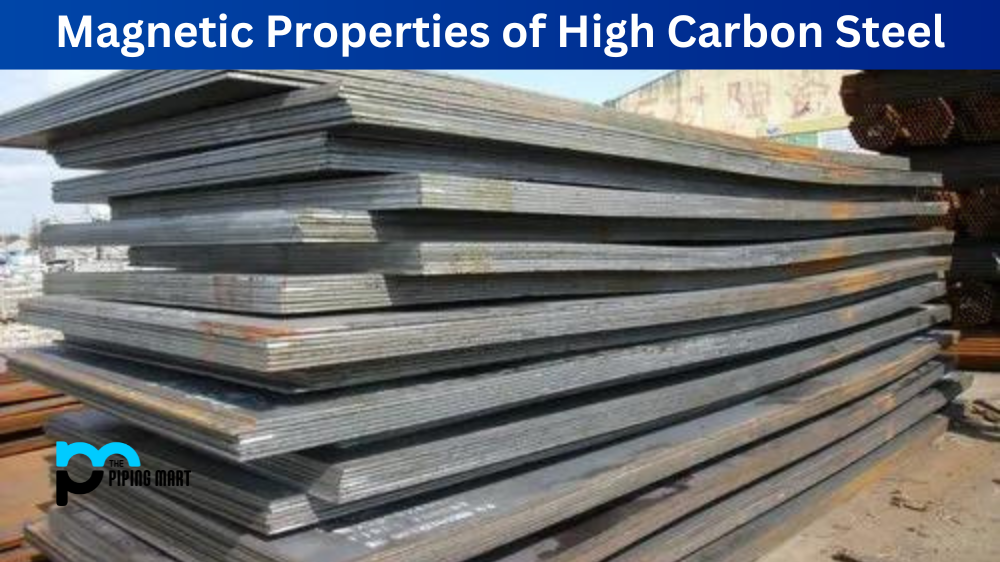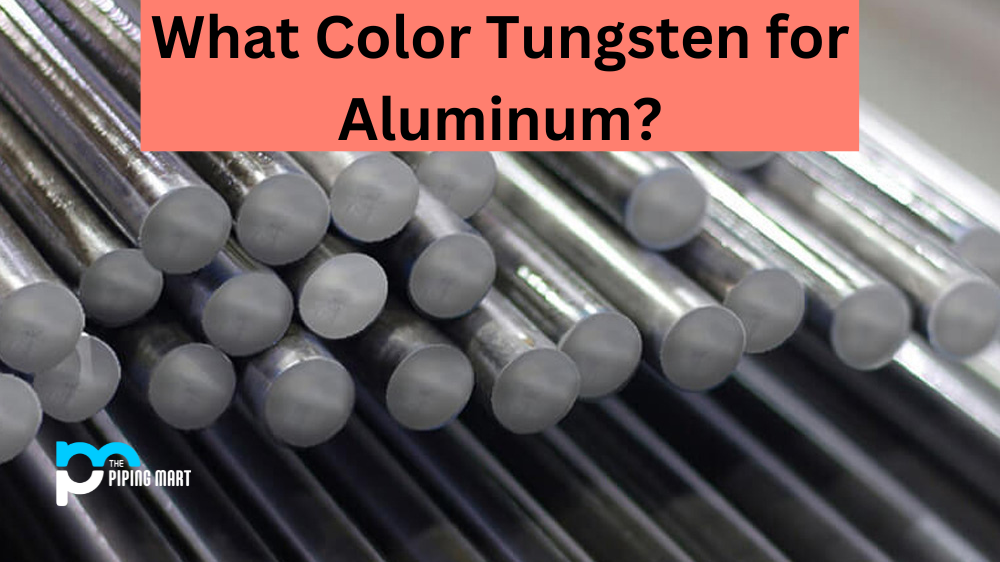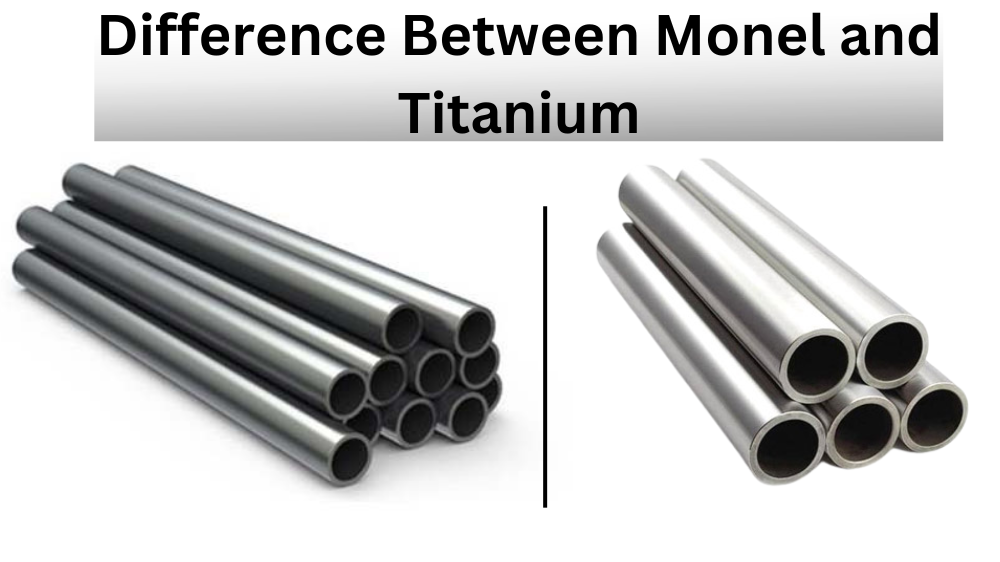High-carbon steel is an alloy made from carbon and iron that has a higher tensile strength and hardness than low-carbon steel. It is commonly used in tools and other applications where its high tensile strength, hardness, and resistance to wear come in handy. But what about its magnetic properties? How does high carbon steel react to magnets? Let’s take a closer look.
Magnetic Properties of High Carbon Steel
High-carbon steel is not considered to be a ferromagnetic material, meaning it has low magnetic permeability in general. This means that it cannot be magnetized easily or retain large amounts of magnetism even when exposed to strong sources of magnetism like permanent magnets or electromagnetic fields. In other words, it will not respond strongly to a magnet if placed near one.
However, it should be noted that while high-carbon steel may not be ferromagnetic, it can still exhibit some magnetic properties due to the presence of small amounts of iron within the alloy. As such, certain types of high-carbon steels may still exhibit some degree of attraction when placed near a strong source of magnetism, like a powerful permanent magnet or an electromagnet. However, this effect will usually only occur at a very close range.
What is High Carbon Steel?
High-carbon steel is a type of steel that contains between 0.6% and 2% carbon, making it much harder and stronger than low-carbon steel. There are a number of different applications for high carbon steel, including knives, axes, and other tools.
How do the Magnetic Properties of High Carbon Steel Work?
The magnetic properties of high carbon steel work because of the presence of iron in the steel. Iron is a naturally magnetic material, and when it is combined with carbon, it creates a stronger magnetic bond. This allows high carbon steel to be attracted to magnets more easily than other types of steel.
Advantages of High Carbon Steel’s Magnetic Properties
The main advantage of high carbon steel’s magnetic properties is that it makes the steel easier to sharpen. When high-carbon steel is placed next to a magnet, the magnet will help to align the molecules in the steel so that they are all pointing in the same direction. This makes it easier for sharpening tools to cut through the steel and create a sharp edge.
Disadvantages of High Carbon Steel’s Magnetic Properties
One disadvantage of high carbon steel’s magnetic properties is that it can make the steel more difficult to weld. When two pieces of high carbon steel are placed next to each other, the magnets will cause them to repel each other. This makes it more difficult for welding tools to create a strong bond between the two pieces of metal.
Conclusion:
All in all, though high carbon steels do not display strong responses when exposed to external sources like magnets, they can still exhibit some degree of attraction due to the presence of small amounts of iron within their structures, which can interact with nearby magnets if they are close enough together. So if you’re looking for an alloy material with greater resistance to external sources than low-carbon steel, but that still exhibits some degree of magnetic response, then look no further than high-carbon steel!

A passionate metal industry expert and blogger. With over 5 years of experience in the field, Palak brings a wealth of knowledge and insight to her writing. Whether discussing the latest trends in the metal industry or sharing tips, she is dedicated to helping others succeed in the metal industry.




